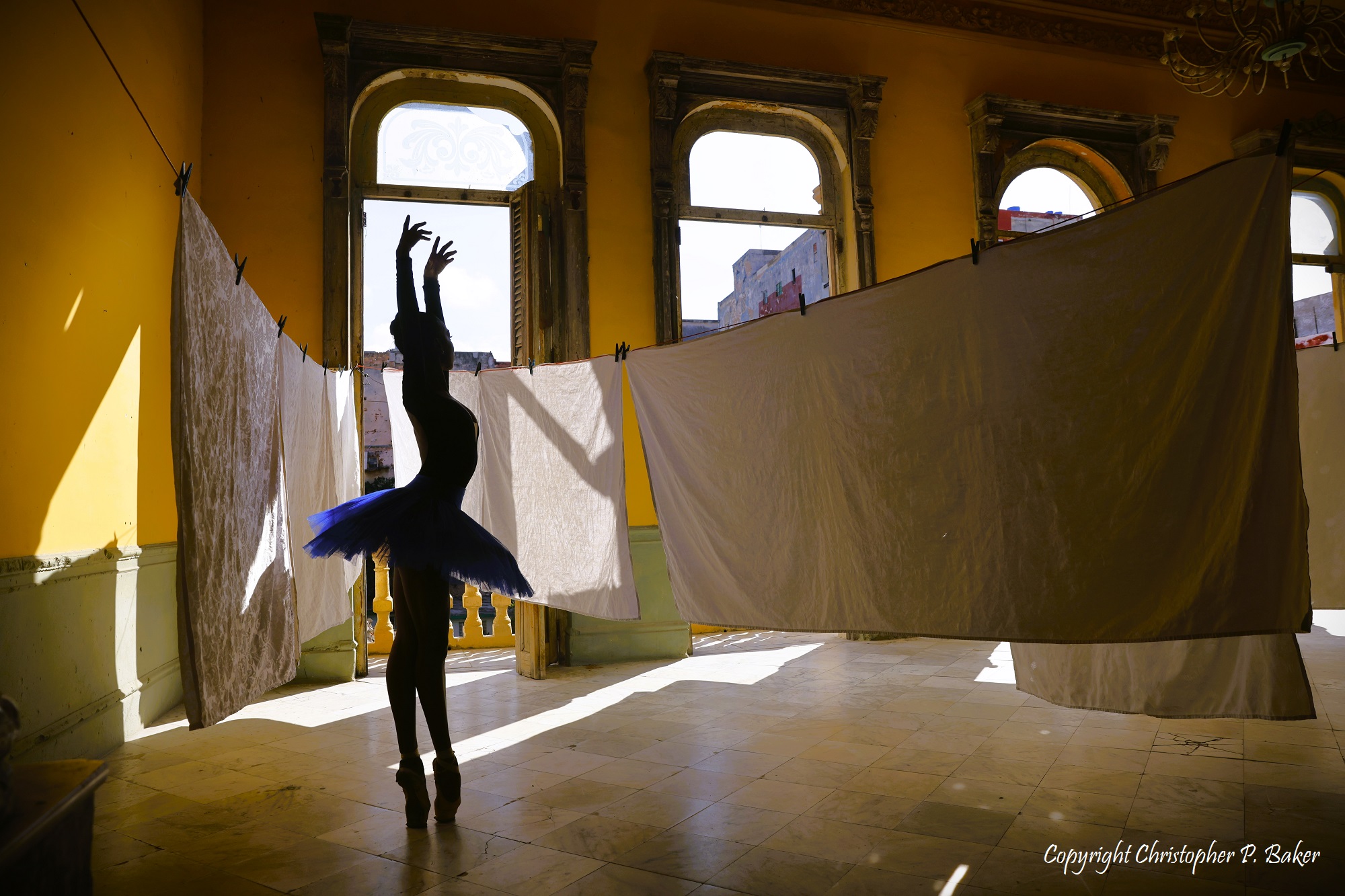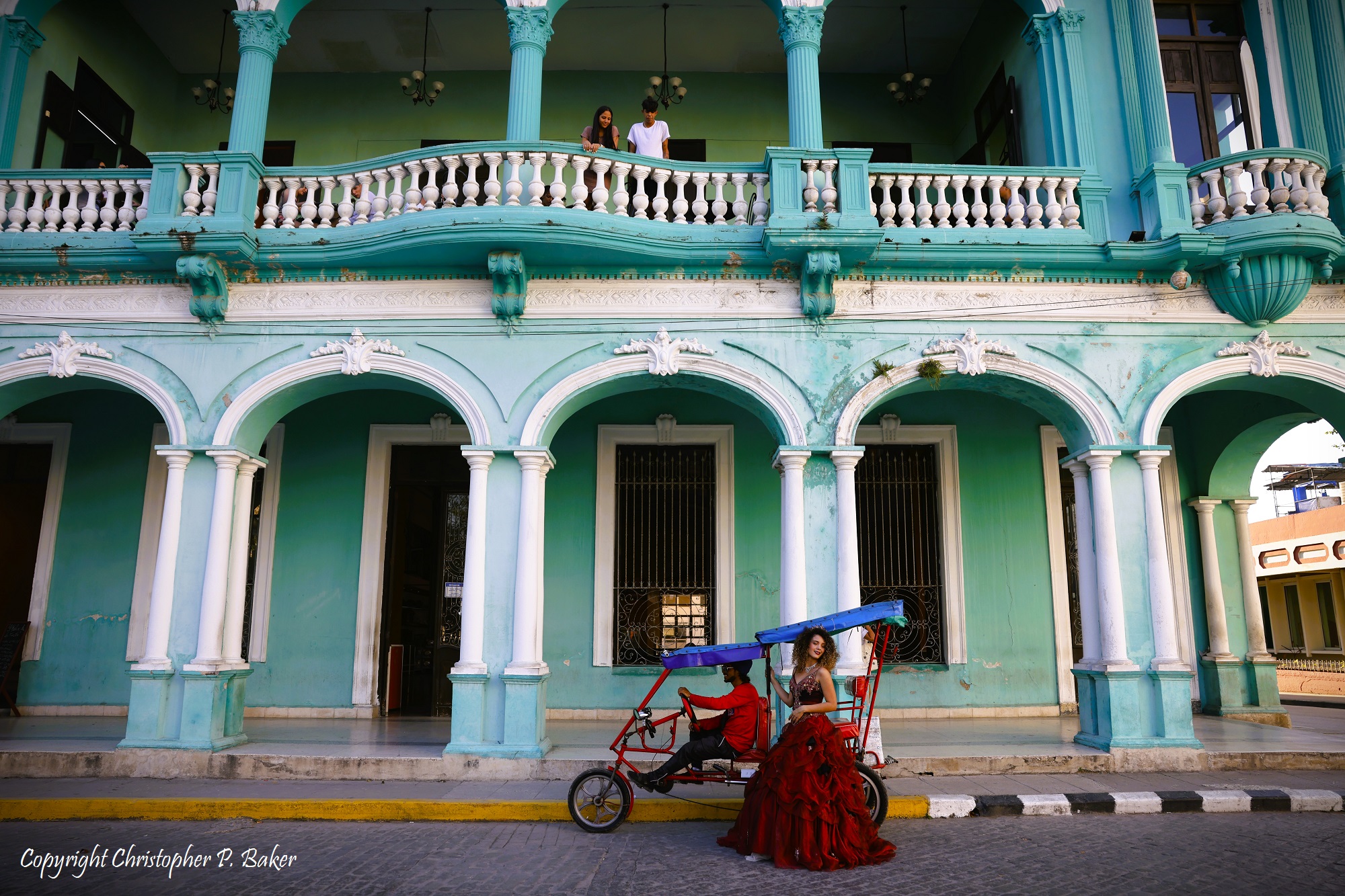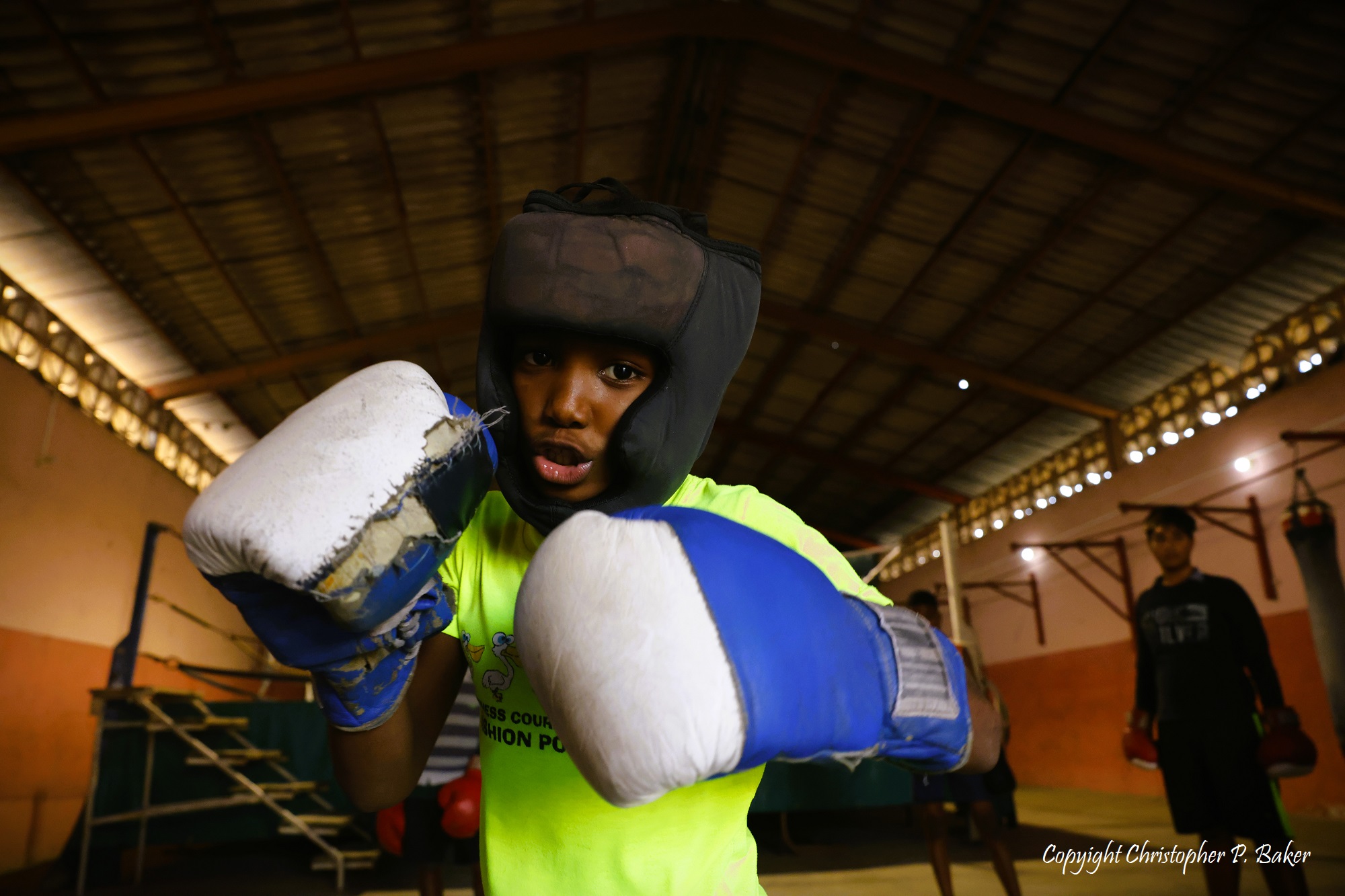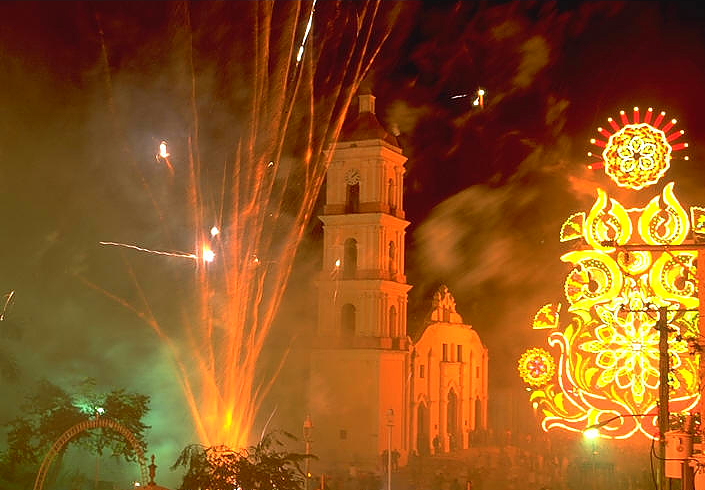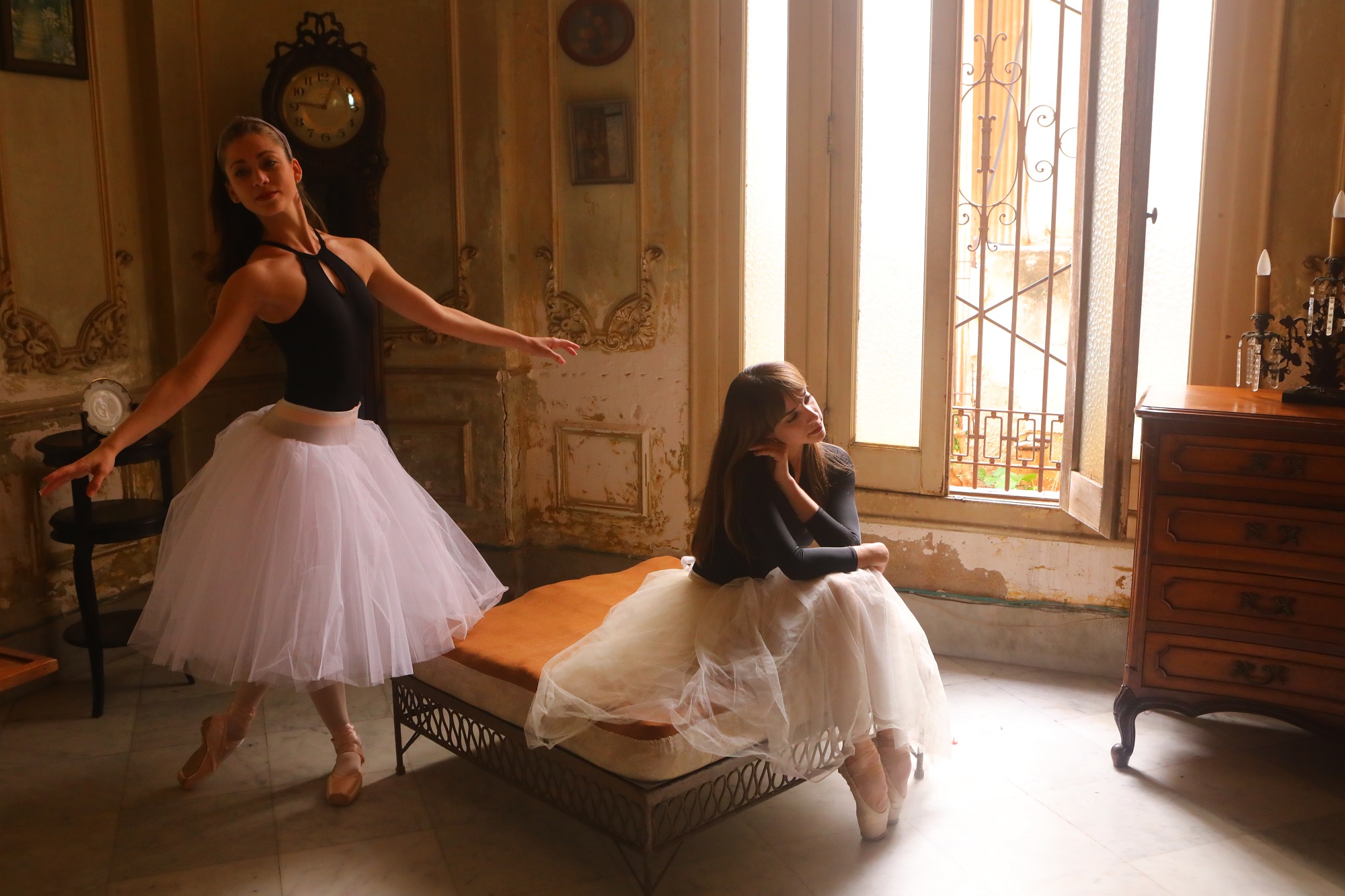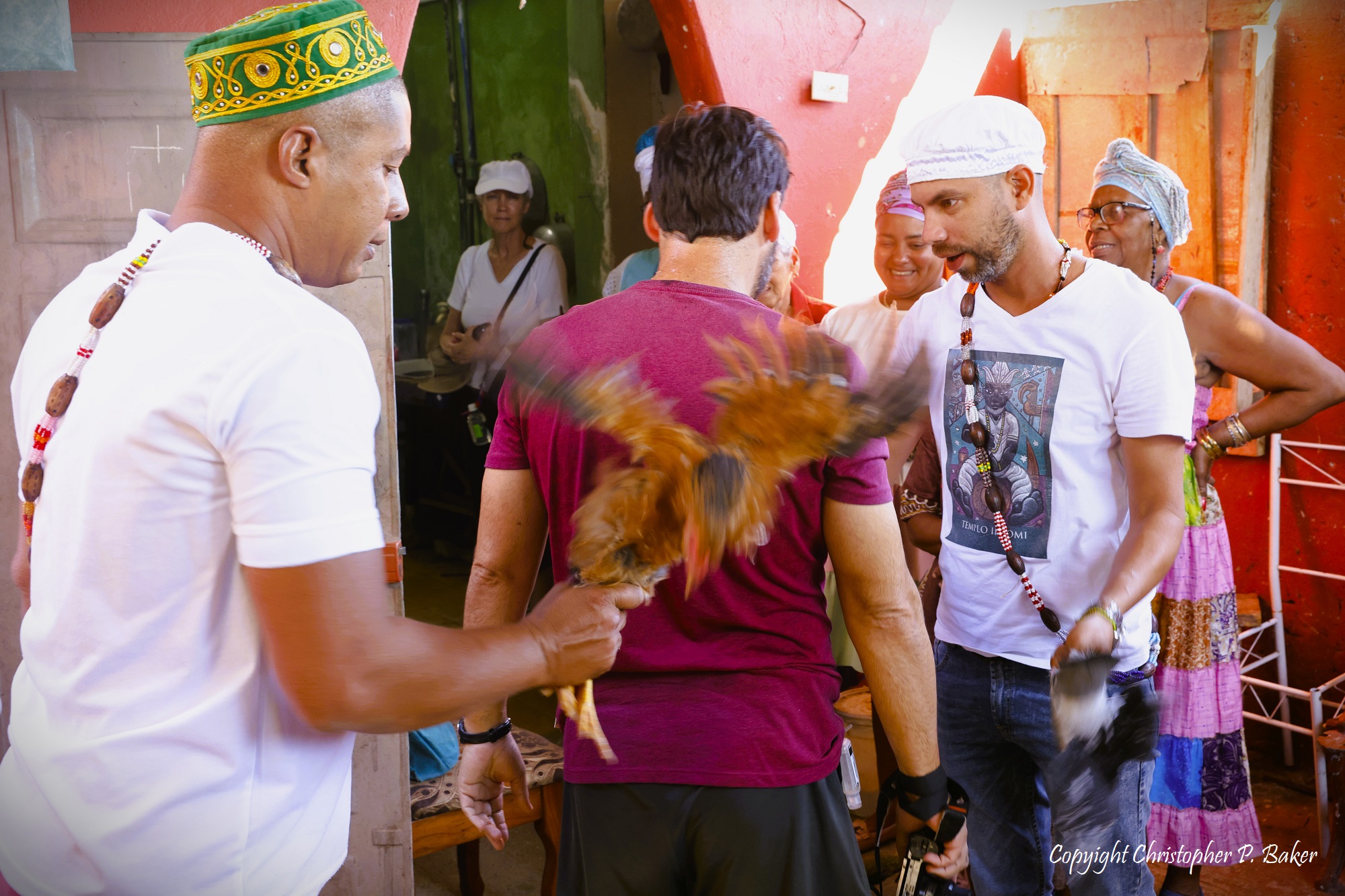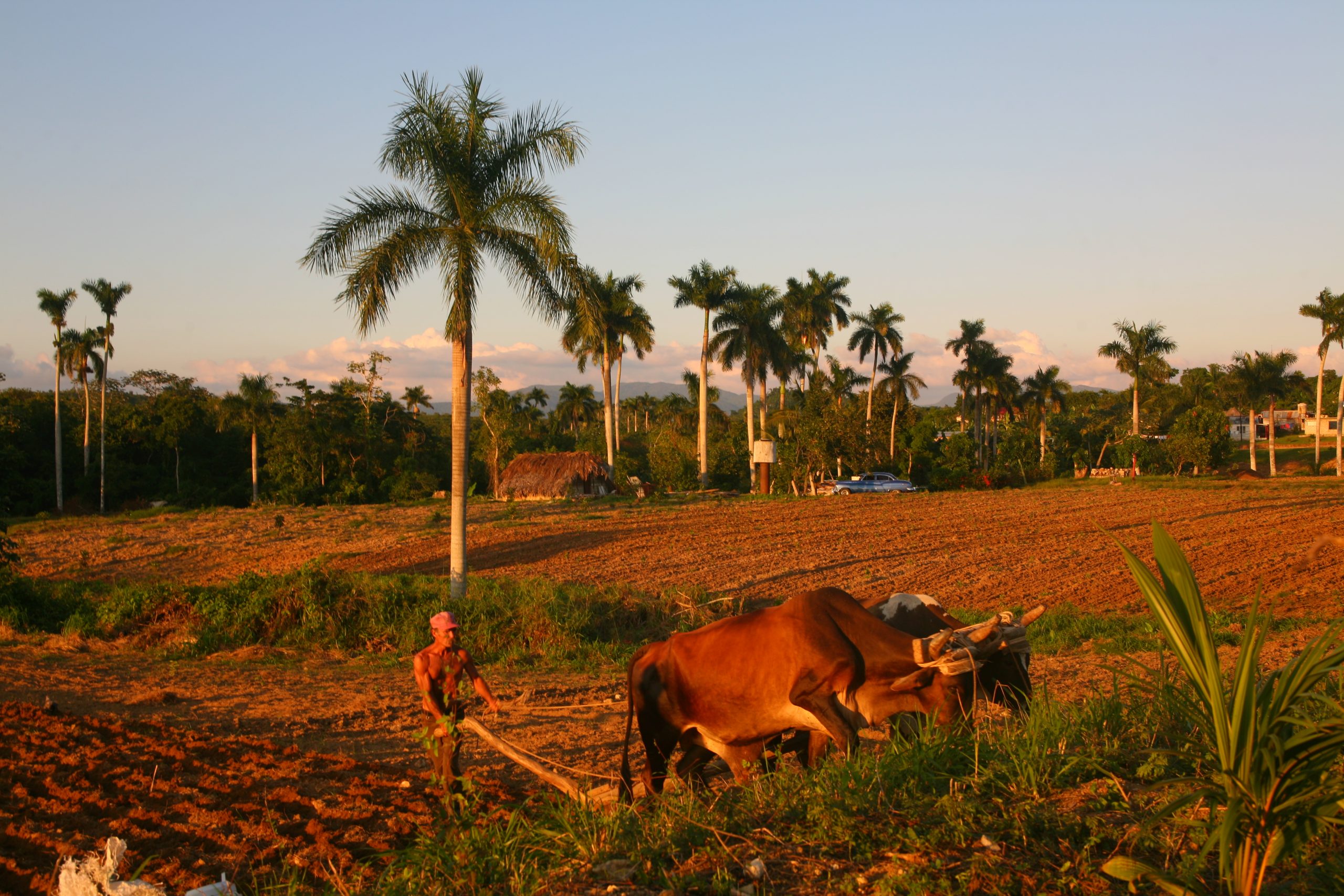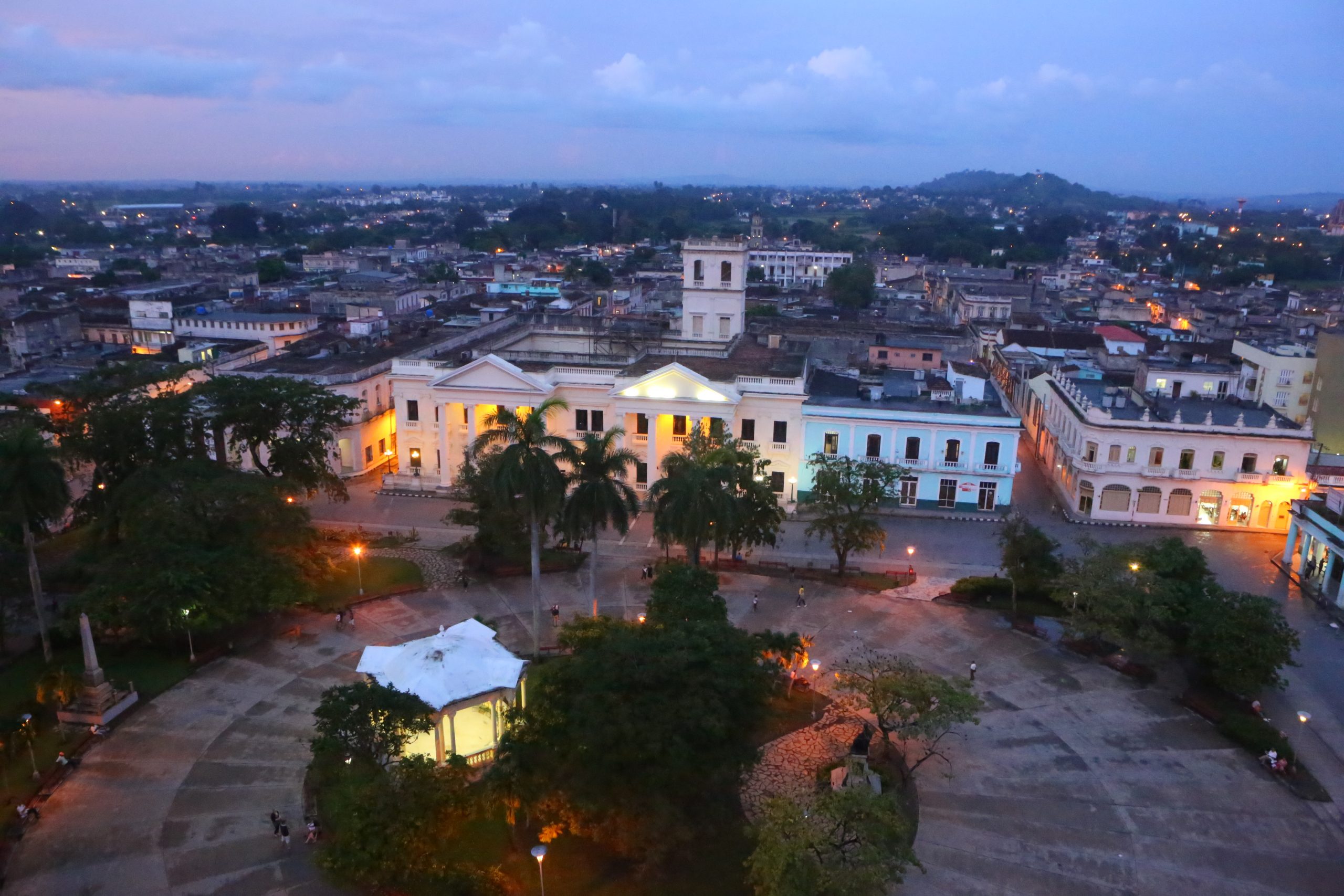Overview
This program is offered legally under the “Support for the Cuban people” license, which permits all U.S. citizens to travel pre-approved to Cuba. Jim Cline Photo Tours’ Cuba programs are designed to maximize “support for the Cuban people” through stays at private B and Bs, meals at private restaurants, and interactions with independent artists, private tobacco farmers, etc.
Cuba’s frozen-in-time stage-set backdrop lends a twilight zone ambiance that Hollywood couldn’t dream up if it tried. It guarantees superb photography. But Cuba’s real magic isn’t its crumbling architecture, one-of-a-kind revolutionary icons, or spruced-up vintage cars. It’s the seemingly mundane, quintessential experience a lo cubano that provide for the most authentic grass-roots photography and which you’ll forever cherish as favorite take-aways.
Our photographic journey through the fascinating central provinces of Cuba explores a lesser-visited, yet culturally and visually exciting, part of the island. From the vivacious port city of Matanzas—steeped in santería and a rich Afro-Cuban musical heritage—to the colorful revolutionary city of Santa Clara, we’ll discover a wealth of colonial-era cities, vibrant landscapes, and genteel and gracious people. Traveling through countryside lushly green with sugarcane, we’ll also explore the now-deserted spa town of San Miguel de los Baños, marvel at the UNESCO World Heritage City of Remedios and experience the stupendous firework madness of the Christmas “parrandas” (itself listed by UNESCO as an Intangible Cultural Heritage of Humanity), and delight in the faded yesteryear ambience of Caibarién and Camajuaní, with their faded wooden homes and once resplendent Beaux Arts mansions.
WARNING: The Remedios Parranda involves intense firework activity in an uncontrolled environment and involves potential risks.
Itinerary
*SUBJECT TO CHANGE*
Day 1 (Dec 16):
We meet at our casa particular (B&B) in Havana this evening for a welcome reception before heading to dinner at La Guarida—a visually stunning and world-famous restaurant—in classic cars. (You will be free to arrive Havana as many days in advance as you wish, pre-approved, under the “support for the Cuban people” license.) Overnight in Havana.
Day 2 (Dec 17):
Today Chris (accompanied by an acclaimed local photographer) leads you through his favorite streets of Habana Vieja (Old Havana), including visits to hidden away solares (tenements) and a santería shrine. You’ll be in awe of the opportunities for magnificent street photography and environmental portraiture, and our afternoon highlight–a chance to photograph ballerinas in a fantastic early 20th-century mansion in the Vedado neighborhood. Overnight in Havana.
Day 3 (Dec 18):
After a sunrise photo shoot in Habana Vieja, we’ll drive along the north coast to the former (yet still lived-in) sugar-producing community of Hershey, with its near-derelict American colonial homes. (The legendary “Hershey Train” is currently out of service.) After departing Hershey, we’ll stop for a coffee break and photo ops at Bacunayagua, Cuba’s tallest bridge. Arriving Matanzas, we’ll explore the historic colonial core, including such highlight sights as Parque Libertad, Plaza de la Vigía, and Puente Calixto García, with its bustling street life. Later, we’ll explore Matanzas during the “golden hour” n route to photograph at a children’s boxing club. Overnight in Matanzas.
Day 4 (Dec 19):
A former slave port, Matanzas is renowned for its Afro-Cuban culture and as the birthplace of rumba, one of Cuba’s defining musical forms: “Without rumba there is no Cuba, and without Cuba there is no rumba,” runs a Cuban saying. Today we’ll focus on street photography and santería practices, in the La Marina district, with private one-on-one portraiture with local santeros. In late afternoon, we’ll photograph a dynamic rumba session. Overnight in Matanzas.
Day 5: (Dec 20)
Today we’ll journey along the Carretera Central, once the main Cuban highway running the length of the island. A highlight stop is San Miguel de los Baños, a once-opulent spa town remarkable for its now dilapidated neoclassical villas and gingerbread clapboard houses. We’ll shoot a professional model here against a fantastic backdrop before arriving Santa Clara in time to visit Plaza de la Revolución, with its museum and mausoleum where Che’s remains are interred, and to photograph the Monumento Ernesto Che Guevara. (The city has notable historical significance as it was here, in late December 1958, that Che Guevara’s guerilla army seized the city—a decisive victory in the Rebel Army’s struggle against the Batista regime.) Overnight in Santa Clara.
Day 6: (Dec 21)
Our accommodations in the colonial heart of Santa Clara are within steps of charming Parque Leoncio Vidal, graced by the Teatro La Caridad and other neoclassical buildings of note. We’ll spend the early morning hours photographing street life as the sun rises. We then focus our lenses on colorful nail salons, the Coppelia ice cream salon, the lively railway station, and other venues that speak to Santa Clara’s daily life. In late afternoon, we’ll enjoy a private photo session (accompanied by a top local photographer) of a quinceañera in a colonial gown celebrating her fifteenth birthday. Overnight in Santa Clara.
Day 7: (Dec 22)
Today we’ll head south to the sleepy country town of Manicuragua, with stops to photograph local tobacco farmers. We’ll then continue to El Nicho waterfall (Cuba’s most beautiful cascade) and lunch here in a thatched restaurant in the shade of the forest. Overnight in Santa Clara.
Day 8: (Dec 23)
After an optional sunrise shoot as Santa Clara awakens, a short journey today leads via Camajuani, with its aged colonnaded streets, intriguing cemetery, and rusty yet still-active railroad. We may also choose to visit Camajuani’s cigar factory before traveling through Vuelto Arriba tobacco country: we’ll hope to photograph tobacco farmers before arriving in Remedios, a small and almost perfectly preserved colonial town—founded in 1578, it’s one of Cuba’s oldest settlement and justifiably a UNESCO World Heritage Site. We’ll delight in our afternoon photographic exploration of the city as serendipity delivers non-stop vignettes while walking the streets, including a private session with a remarkable theatrical troupe. Overnight in Remedios.
Day 9: (Dec 24)
Today we spend all day photographing the residents of Remedios as they begin their parranda festivities. Even before sundown, the firework mayhem begins as two competing barrios (neighborhoods) compete for dominance in a battle of explosive firepower! Plus, there are themed carrozas (carnival floats) and sensational neon-lit tableaux. An unforgettable experience! Overnight in Remedios.
Day 10: (Dec 25)
This morning we’ll take time to sleep in after an exiting night and to enjoy Christmas Day at leisure. An optional activity will be to head to the nearby tumbledown fishing port of Caibarién, where we may photograph the fishers and their funky wooden boats and wharves. Tonight we’ll enjoy viewing a slideshow of everyone’s favorite images, followed by our farewell lechón (suckling roast pig) Christmas dinner. Overnight in Remedios.
Day 11: (Dec 26)
Today everyone will depart from Santa Clara for flights back home.

